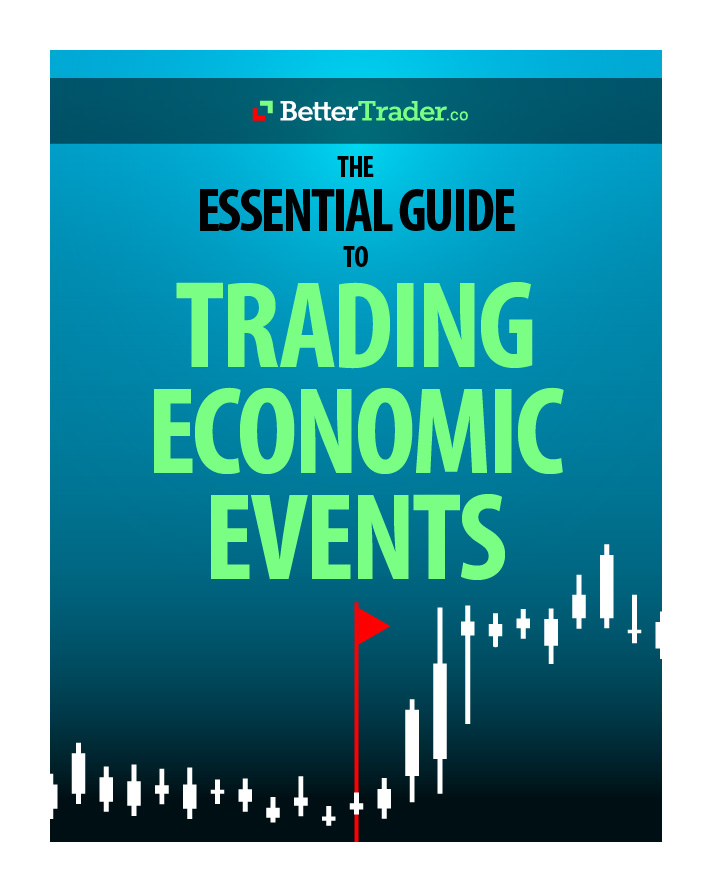The futures market is fundamentally affected by a variety of forces. Successful traders have a deep understanding of the connection between these market and economic forces and are able to act upon their cognizance to produce results.
Fundamental analysis of futures trends utilizes historical information to discern trends within the market, so traders can then capitalize on these relationships. Both economics and statistics are used to study these trends, and traders should be prepared to conduct deep research to understand the underlying correlations within the markets.
The Most Essential Relationship: Supply and Demand
Every decision in the trading world is related to the concept of scarcity, the idea that there are a limited amount of resources. The supply and demand relationship exemplifies how individuals make decisions in an environment of scarcity, and these decisions drive markets. Typically, any force that increases supply will decrease prices, whereas prices are increased during times with less supply. Alternatively, an increase in demand for a good or service increases prices, and a decrease in demand reduces prices of that product.
The elasticity of demand is a measure relating the quantity of a good demanded to the change price that consumers are willing to pay. When consumers are less willing to pay a higher price for a good, they may substitute for alternative goods. For example, if rising prices for wheat makes consumers more reluctant to purchase the commodity, they may substitute for barley.
Another consideration to make is how easily a commodity can be stored. The more perishable a good, the more expensive it typically is due to the reduction in supply. However, the cost of storing goods that are non-perishable may also drive up prices.
Different Seasons Affect Commodities
Fluctuations in commodity prices are inherently related to the varying seasons. Each commodity follows seasonal patterns, as they grow differently in different weather conditions and consumer preferences. For example, avocado is typically more expensive in the winter months than the summer months, as it is more difficult to cultivate the product. Generally, the least perishable commodities will be priced the lowest during times of seasonal volatility, as their production should be relatively consistent, and storage should be simpler.
Seasonal prices can be best understood by charting the prices of the goods against the months of the year. By analyzing the charts and history of commodity movements, traders can have a better understanding of the price directions over the course of the trailing twelve months. From 1890-1988, hogs prices have been known to increase during the summer months through mid-fall, where traders who understand this price history can best be suited to trade the commodity.
Cyclical Price Movements Must Be Understood
Besides seasonal price movements, cyclical price movements also must be accounted for when trading futures. Typically, over longer periods of time, prices of commodities move in predictable patterns. An understanding of when to buy cyclical lows, and sell at cyclical highs will allow traders to be most profitable by riding up the increasing price pattern.
One who hopes to predict the cycles of prices must take into account a few factors. One, traders must be able to project the cycles. Two, traders must be able to forecast the next highs and lows of the cycles. Three, traders must time their entry into the market correctly. There are many charting reports that use complex computer software to simulate the cyclical nature of the markets, which are often utilized by traders to predict movements and plan their trades accordingly.
Governmental Effects
The government plays a large role in the influence of commodity prices. Because of its typically slow response to political and economic events, the government often magnifies market problems. Some ways the government can impact commodity prices include: offering loans to farmers, regulating land and farming techniques, and creating programs to dispose and distribute excess crops. Moreover, the government publishes market and price reports through the USDA, whos metrics can directly impact the prices of commodities.
Political decisions by the government may significantly affect the markets as well, where the government can regulate price floors and price ceilings on goods. Moreover, they can increase taxes on certain goods such as tobacco (sin tax) as well as place tariffs on items (such as the current trade war with China).
Strength of the Dollar and Overall Business Outlook
The exchange of currencies plays a role in the price of commodities. When the dollar is strong, US exports are more expensive to foreign nations and therefore has less demand and higher prices. Weaker dollars typically increase foreign investment and decrease prices of commodities.
In a strong economy with low unemployment, demand tends to be high for commodities because consumers typically have more capital to spend. During recessions, however, business slows, and consumers tend to tighten spending.
An understanding of the fundamental forces can drastically improve one’s trading patterns, which will, in turn, result in increased profits. With research, traders can be best able to understand financial and economic effects on price movements.
Next article: Futures Symbols and Months














